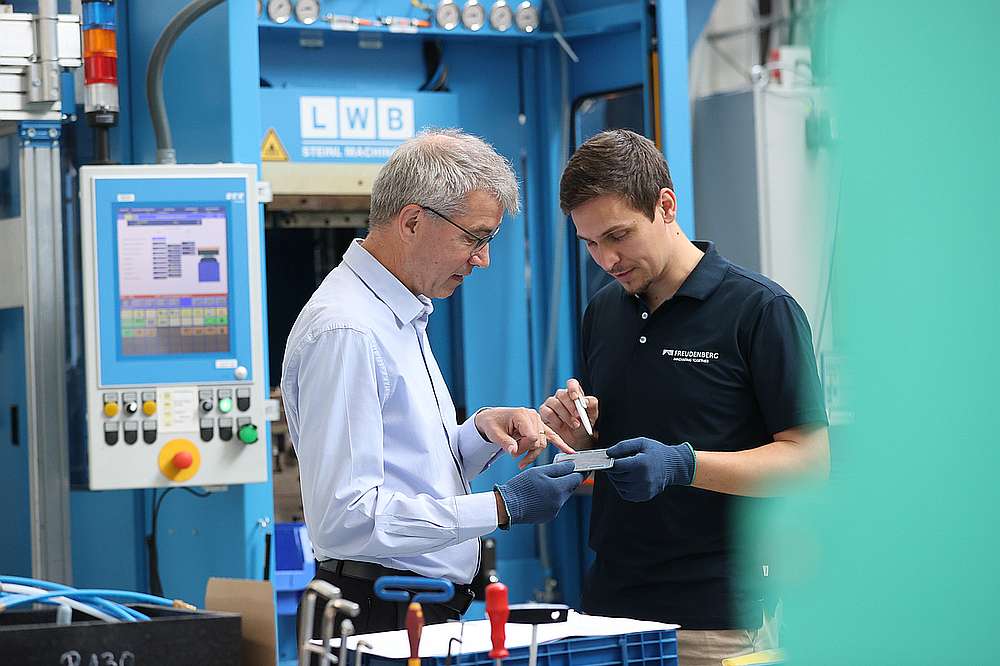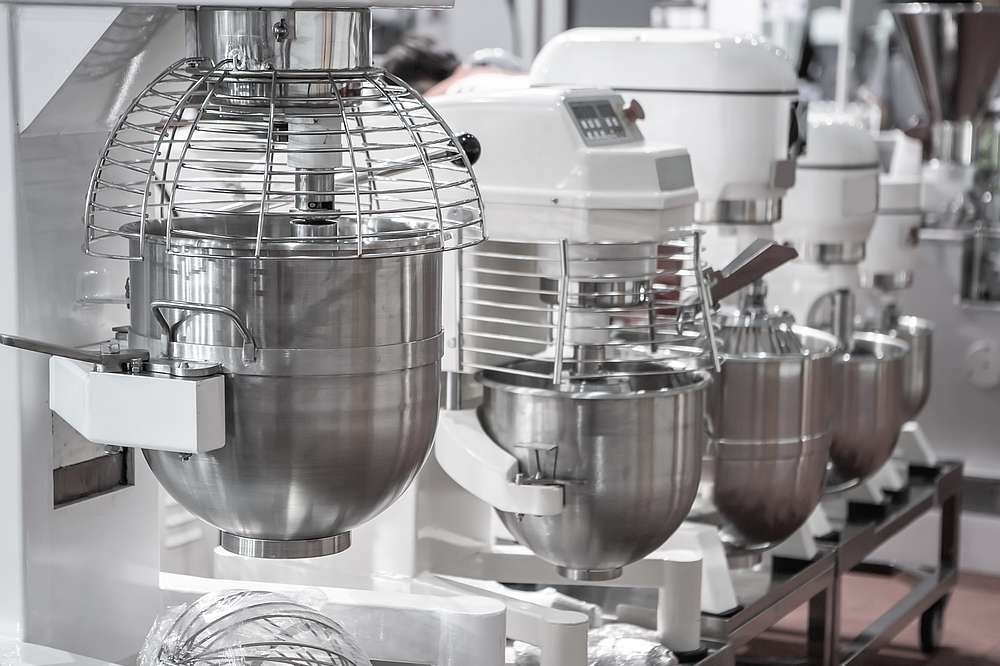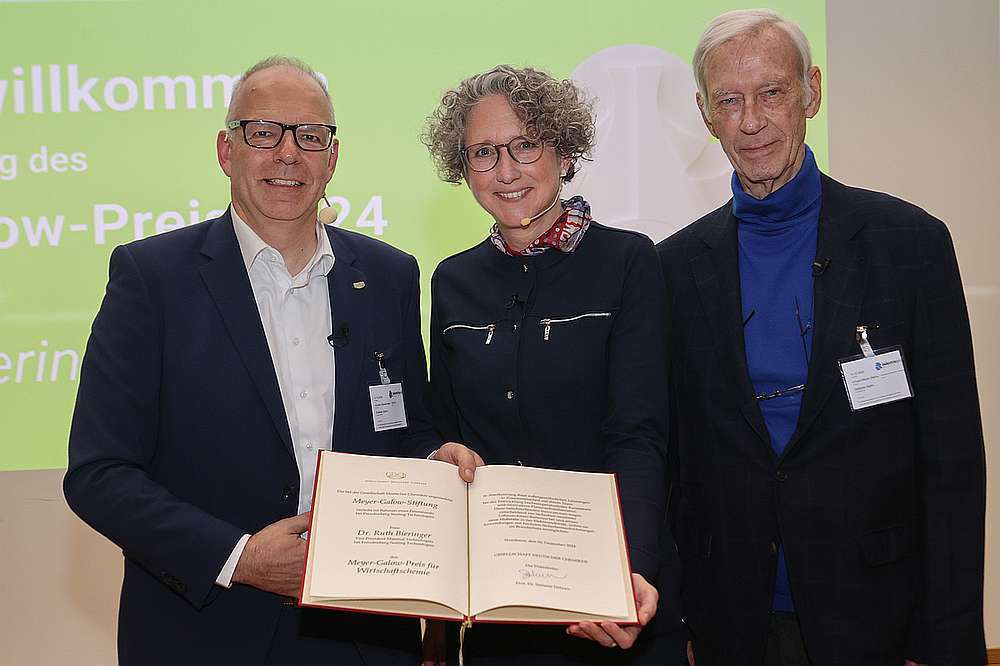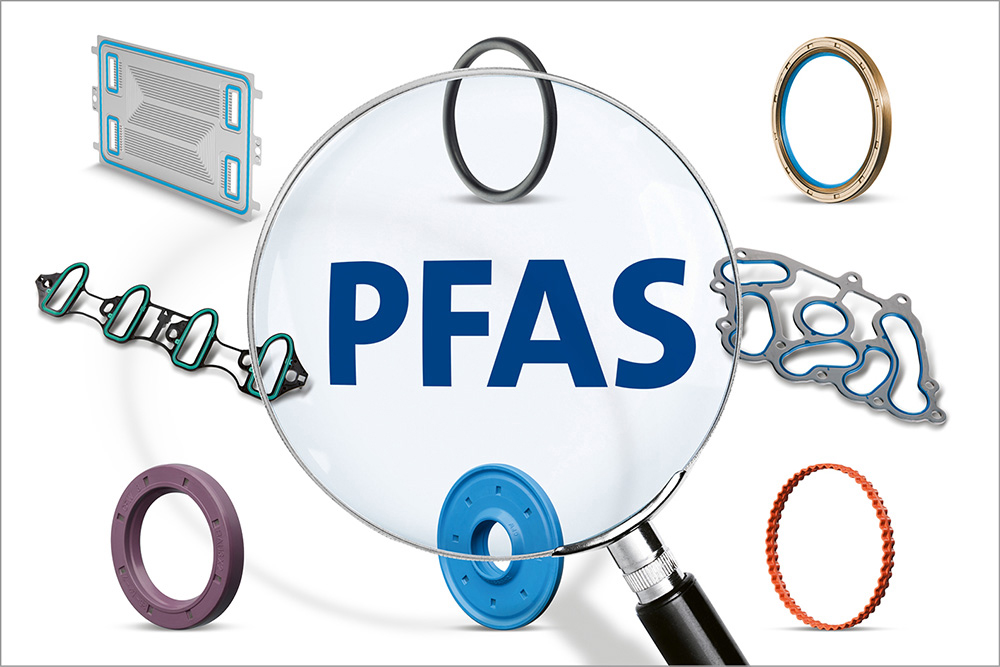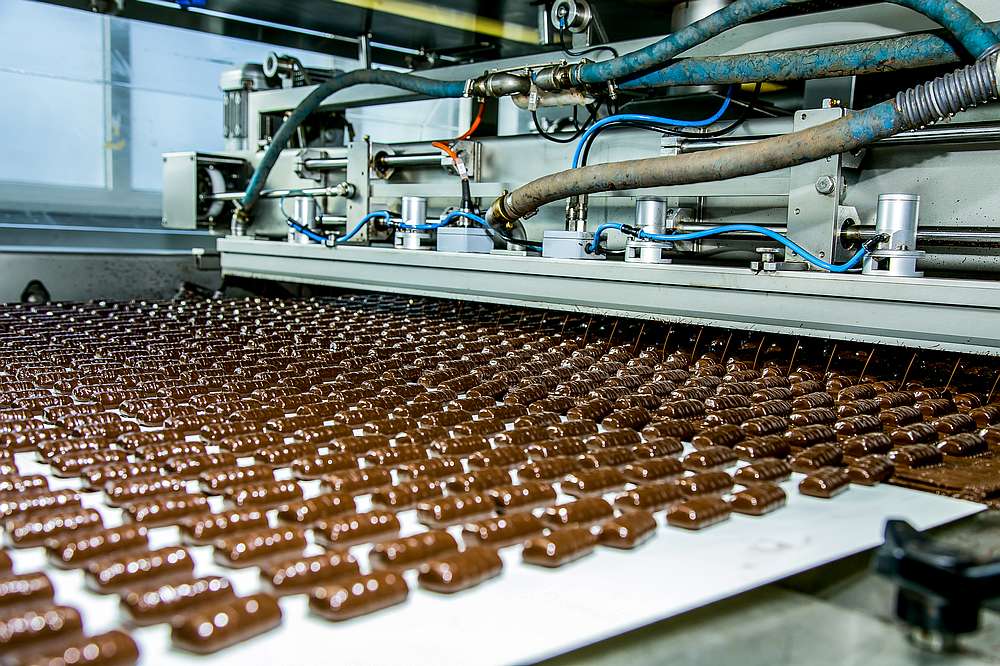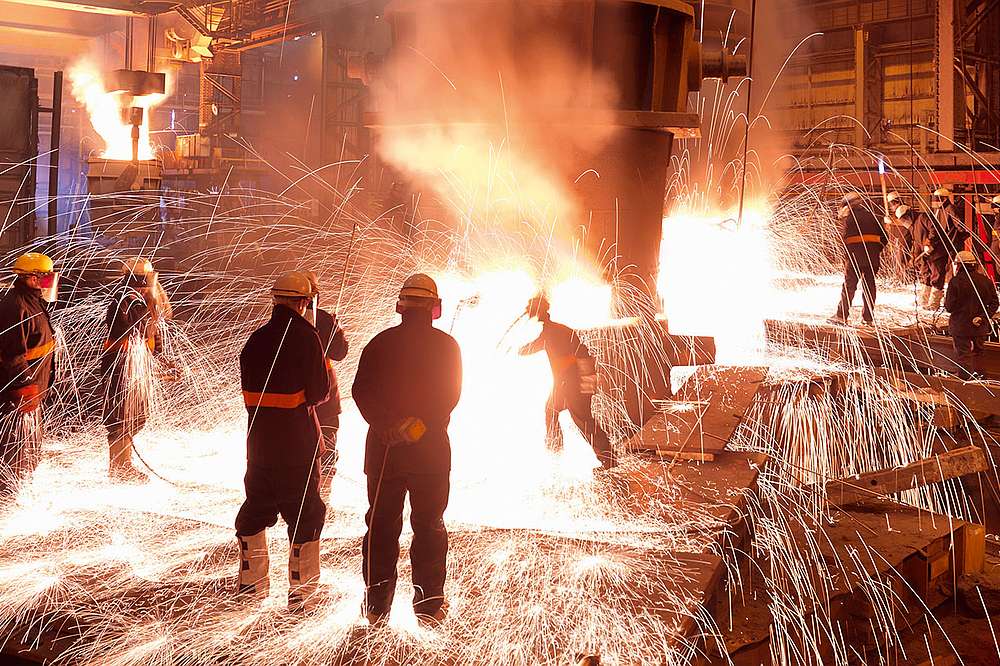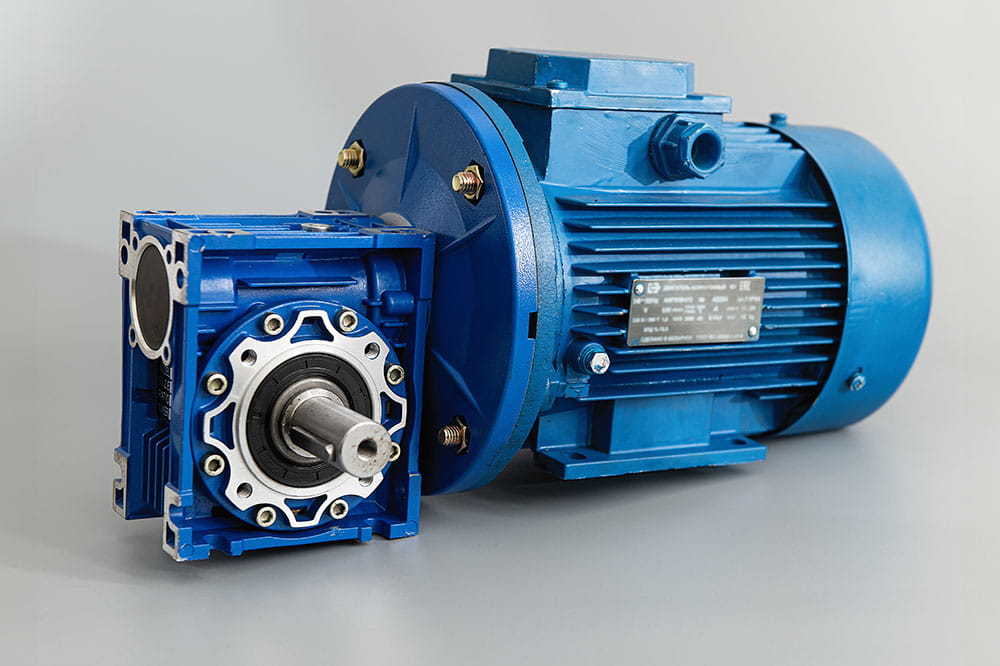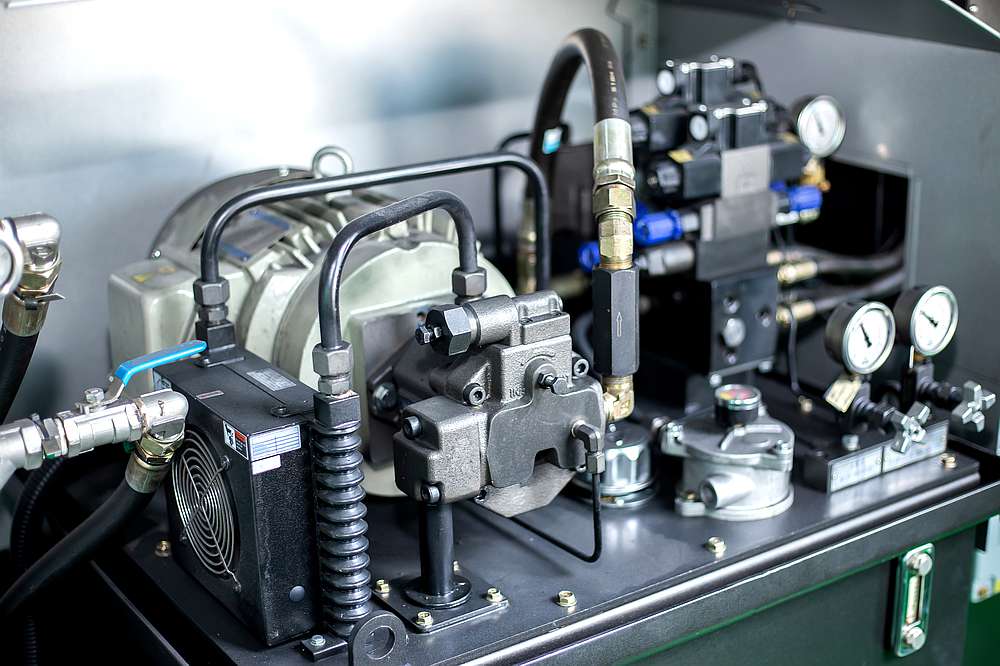Obtain news and background information about sealing technology, get in touch with innovative products – subscribe to the free e-mail newsletter.
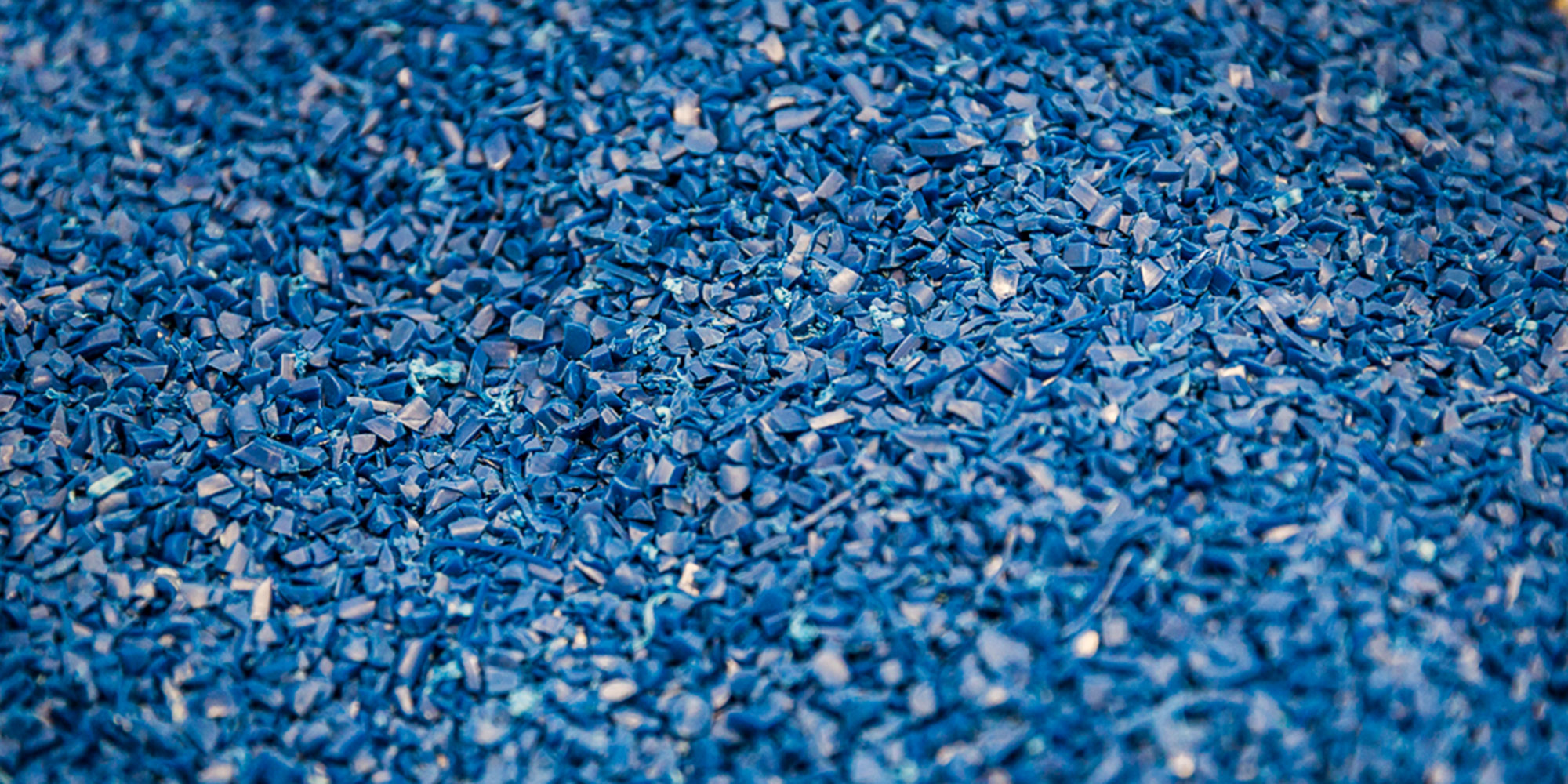
Powerful and Supple
What drives a company’s materials experts and product developers? At Freudenberg Sealing Technologies, it is the challenge of using seals to control the fluids whose power sets a cylinder in motion. That’s why everything revolves around hydraulics and pneumatics in the labs at Schwalmstadt.
Ring Seals that Withstand Any Cylinder Pressure
In hydraulics and pneumatics, it is primarily the power of fluids that sets a cylinder in motion. The fluids can be any conceivable hydraulic fluid such as water or the air and other gases used in pneumatic applications. Ring seals assume an important role in the performance of hydraulic and pneumatic cylinders. For seals to function flawlessly on the surface of piston rods, the main issues are positioning, design and material properties. Again and again, engineers and developers at the Freudenberg Sealing Technologies plant in Schwalmstadt must bring contradictory requirements such as leak tightness, a long operating life and low friction into harmony.
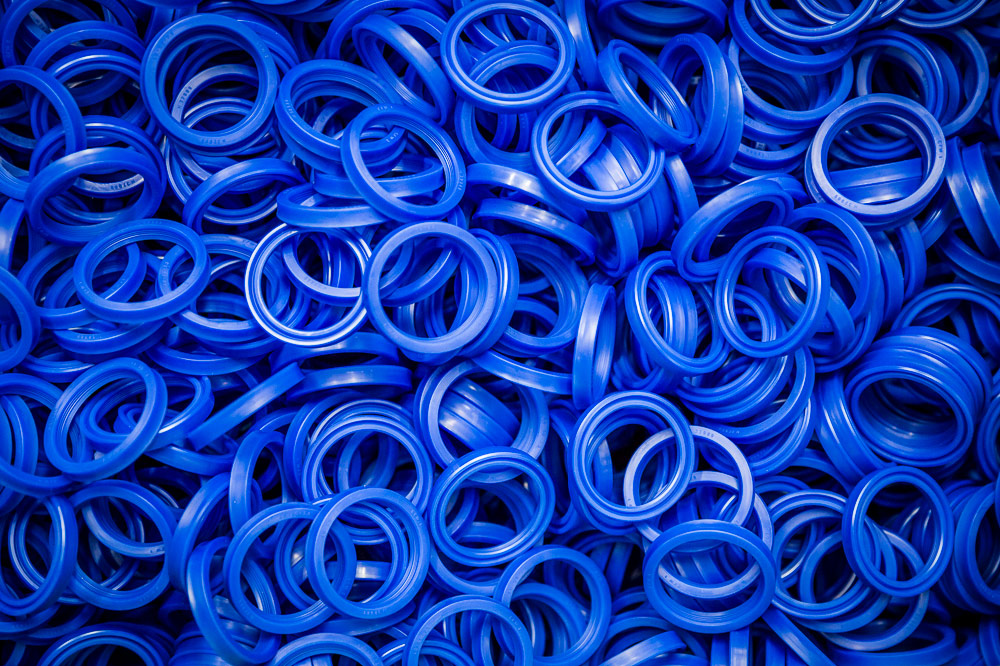
Freudenberg Sealing Technologies’ Sealing Systems Protect Pistons and Cylinders against Dirt and Wear.
That’s why the sealing systems at Schwalmstadt involve many individual elements that engineers calibrate precisely with one another during the development process. Depending on the requirements, they make other contributions as well: For example, the piston seal can transfer hydraulic forces up to 700 bar. Static seals in the cylinder cover and rod seals are supposed to prevent leakage Hard fabric guide elements provide the optimal position of the piston rod in the cylinder, and so-called wipers protect against dirt from the exterior. The latter are especially important for hydraulic assemblies used in waste-hauling vehicles, excavators and wheel loaders, which are more heavily soiled. Pneumatic applications are often found in automation units or the door-closing mechanisms on buses and trains. “You could basically say that hydraulic assemblies are used wherever a great deal of force is needed. On the other hand, pneumatics always plays a role when the situation involves the execution of many individual movements at a very high speed and with comparatively moderate forces,” said Gonzalo Barillas, Manager Advance Development at the Schwalmstadt plant.
Using the test stands, we record and evaluate the functional reliability and the functional behavior of individual fluid seals and entire sealing systems.
Gonzalo Barillas, Manager Advance Development at the Schwalmstadt plant
Project Teams Continually Develop New, Appropriate Materials
Fluid Power products from Freudenberg Sealing Technologies can be used in multifaceted ways. The engineers in research and development continually work on improving hydraulic and pneumatic sealing systems and explore new sealing solutions. “The work on a new development starts out with either a specific desire of a customer, perhaps due to greater temperature demands on the material, or new circumstances relating to raw materials, perhaps due to changes in availability or legal requirements,” said Dr. Jürgen Hieber, who is in charge of material development at Schwalmstadt.
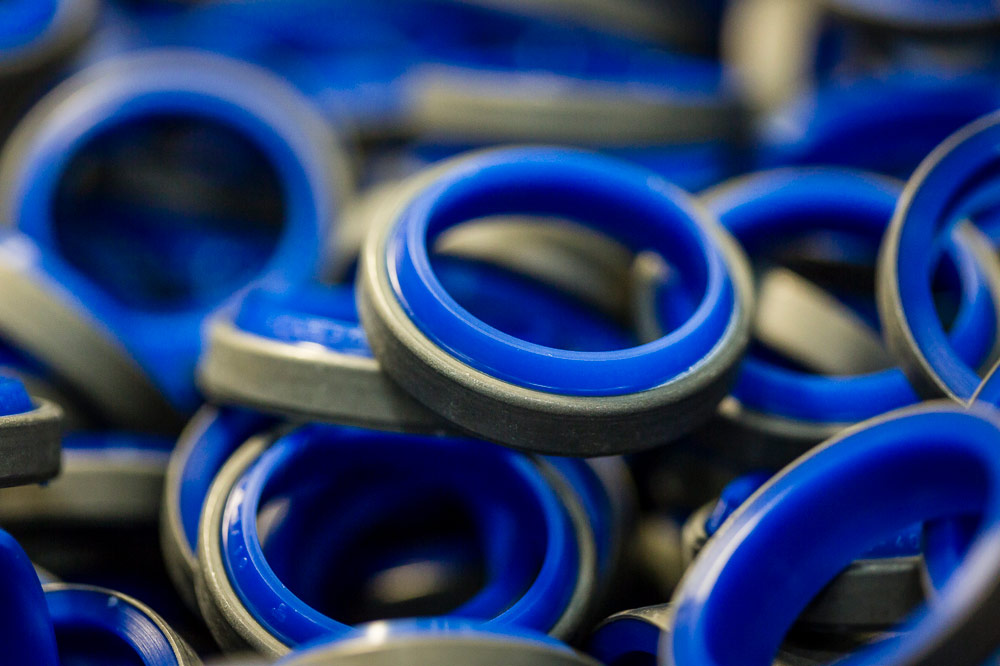
The important material properties are defined in the specifications, including resistance to pressure, temperatures and media, as well as tensile strength, tear resistance and coefficient of friction “On this basis, we then consider which raw material combinations are basically conceivable for these requirements,” Hieber said. Polyurethane, a plastic that Freudenberg Sealing Technologies manufactures at Schwalmstadt for its products worldwide, is often selected for these jobs. It is suited to high-pressure applications due to its high tear resistance, among other factors But elastomers and other materials are also used in these seals.
Schwalmstadt Relies on Polyurethanes from Its Own Manufacture
Various monomers are the raw material for the production of polyurethane. They are mixed with one another and synthesized into polymers with the application of different temperatures and the use of catalysts. The hardened plates are processed into a granulate in the materials lab and then rendered into rod or disc form using injection molding machines so new mixtures can be tested. The material experts at Freudenberg Sealing Technologies then check, for example, to see whether the new material is resistant to oil and media, how it behaves at low temperatures and when it softens or melts. It is only when all the requirements in the specifications are met that the product developers receive one or more variation from their colleagues in the materials lab for prototype production.
Further Articles With These Taggings

First Hand News
Best of all, keep up with the latest developments
with the Freudenberg Sealing Technologies newsletter.
